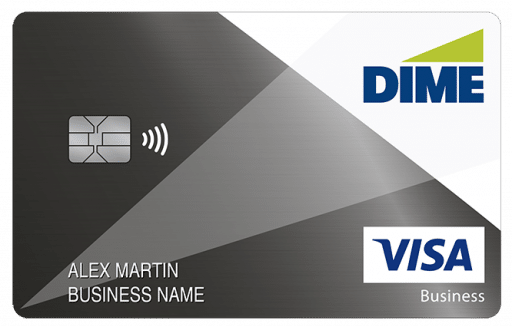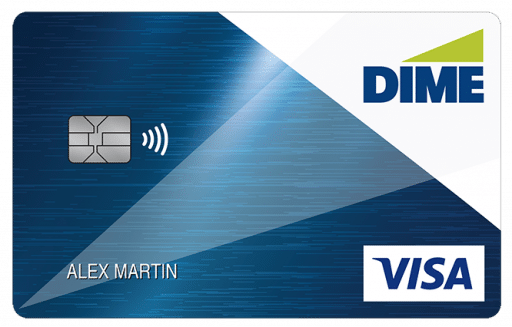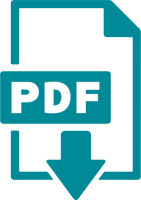
federal deposit insurance corporation
FDIC Deposit Insurance
The Federal Deposit Insurance Corporation (FDIC) is a self-governing US government organization. It safeguards deposited funds if an FDIC-insured bank or savings association fails. The assurance offered by FDIC coverage is supported by the complete credibility of the US federal government. Over the duration of the FDIC’s existence from 1933, no FDIC-insured depositor has ever incurred any losses.
FDIC Insurance Frequently Asked Questions
FDIC deposit insurance protects bank customers in the event that an FDIC-insured depository institution fails. Bank customers don’t need to purchase deposit insurance; it is automatic for any deposit account opened at an FDIC-insured bank. Deposits are insured up to at least $250,000 per depositor, per FDIC-insured bank, per ownership category.
Deposit insurance is calculated dollar-for-dollar, principal plus any interest accrued or due to the depositor, through the date of default. For example, a customer’s CD account has a $195,000 principal balance and $3,000 accrued interest. It is insured for $198,000, fully covering the amount.
Depositors do not need to apply for or purchase FDIC deposit insurance. Coverage is automatic whenever a deposit account is opened at an FDIC-insured bank. To ensure FDIC insurance, put funds in an FDIC-insured bank account and keep deposits within the insurance limit for each ownership category. See “Are My Accounts Insured by the FDIC?” for details on insurable products and FDIC insurance coverage limits.
You can determine if a bank is FDIC-insured by asking a bank representative or looking for the FDIC sign at your bank. Alternatively, you can use the FDIC’s BankFind tool to access detailed information on FDIC-insured institutions. BankFind provides branch locations, official websites, operating status, and contact details for regulators. You can also submit a request using the FDIC Information and Support Center or call 1-877-275-3342.
The standard deposit insurance amount is $250,000 per depositor, per FDIC-insured bank, per ownership category.
See “Are My Accounts Insured by the FDIC?” for details on insurable products covered by FDIC insurance. Find out about the deposit insurance coverage available under FDIC’S different ownership categories. Your Insured Deposits offers additional, comprehensive information on deposit insurance coverage and examples for various ownership categories.
To calculate your specific deposit insurance coverage, you can use the FDIC’s Electronic Deposit Insurance Estimator (EDIE).
No. FDIC deposit insurance covers select deposit products: checking and savings accounts, money market deposit accounts (MMDAs), and certificates of deposit (CDs). See “Are My Accounts Insured by the FDIC?” for details on all insurable products and FDIC insurance coverage limits available under FDIC’S different ownership categories.
FDIC deposit insurance does not insure investment products like mutual funds, annuities, life insurance, and stocks and bonds. See “Financial Products that Are Not Insured by the FDIC” for more information about uninsured financial products.
Deposit products include checking accounts, savings accounts, CDs and MMDAs and are insured by the FDIC. The amount of FDIC insurance coverage you may be entitled to, depends on the ownership category. This generally means the manner in which you hold your funds. The FDIC ownership categories include single accounts, retirement accounts, employee benefit plan accounts, joint accounts, trust accounts, business accounts, and government accounts.
Yes. The FDIC insures deposits based on ownership and account titles for appropriate categorization and coverage of insured funds. The standard deposit insurance coverage limit is $250,000 per depositor, per FDIC-insured bank, per ownership category.
Deposits held in different ownership categories are separately insured, up to at least $250,000, even if held at the same bank. A revocable trust account can be insured for up to $750,000. It includes living trusts and informal revocable trusts known as payable-on-death (POD) accounts. One owner can name three unique beneficiaries. See “Revocable and Irrevocable Trust Accounts” for more information about how deposit insurance is calculated for these types of accounts.
See “Are My Accounts Insured by the FDIC?” for details on insurable products and FDIC insurance coverage limits available under FDIC’S different ownership categories.
Prepaid cards that are registered with the card issuer are insured when certain FDIC requirements are met. The funds underlying the prepaid cards must be deposited in a bank. Please remember that FDIC deposit insurance coverage only applies when a bank fails. Deposit insurance coverage does not apply to lost or stolen prepaid cards or if the prepaid card provider declares bankruptcy.
If FDIC requirements are met, prepaid card funds and other funds in the same ownership category are insured for up to $250,000. Insurance covers deposits in the same bank. Click here for more information about deposit insurance coverage for prepaid cards.
Yes. You can obtain detailed information on deposit insurance coverage using the FDIC’s Electronic Deposit Insurance Estimator (EDIE). Access it and enter your account details. You can visit the FDIC Information and Support Center to request deposit insurance coverage information. Alternatively, call 1-877-ASK-FDIC (1-877-275-3342) to speak with an FDIC specialist for assistance. They’ll help calculate your deposit insurance coverage.
In the unlikely event of a bank failure, the FDIC responds in two capacities.
First, as the insurer of the bank’s deposits, the FDIC pays insurance to depositors up to the insurance limit. Historically, the FDIC pays insurance within a few days after a bank closing. This is usually the next business day. They do so by providing each depositor with a new account at another insured bank, equal to the insured balance of their account at the failed bank. Alternatively, the FDIC issues a check to each depositor for the insured balance of their account at the failed bank.
In some cases, deposits over $250,000 tied to trust documents or third-party brokers may require extra time for FDIC insurance determination. The FDIC might ask for more information from depositors to finalize coverage.
Second, the FDIC becomes the receiver of the failed bank. It sells/collects assets and settles debts, taking on this responsibility. This includes claims for deposits above the insured limit. If a depositor has uninsured funds, they may recover some portion from the sale of failed bank assets. However, it can take several years to sell off the assets of a failed bank. When assets are sold, depositors with uninsured funds typically receive periodic payments on their remaining claims. These payments are calculated on a pro-rata “cents on the dollar” basis.



